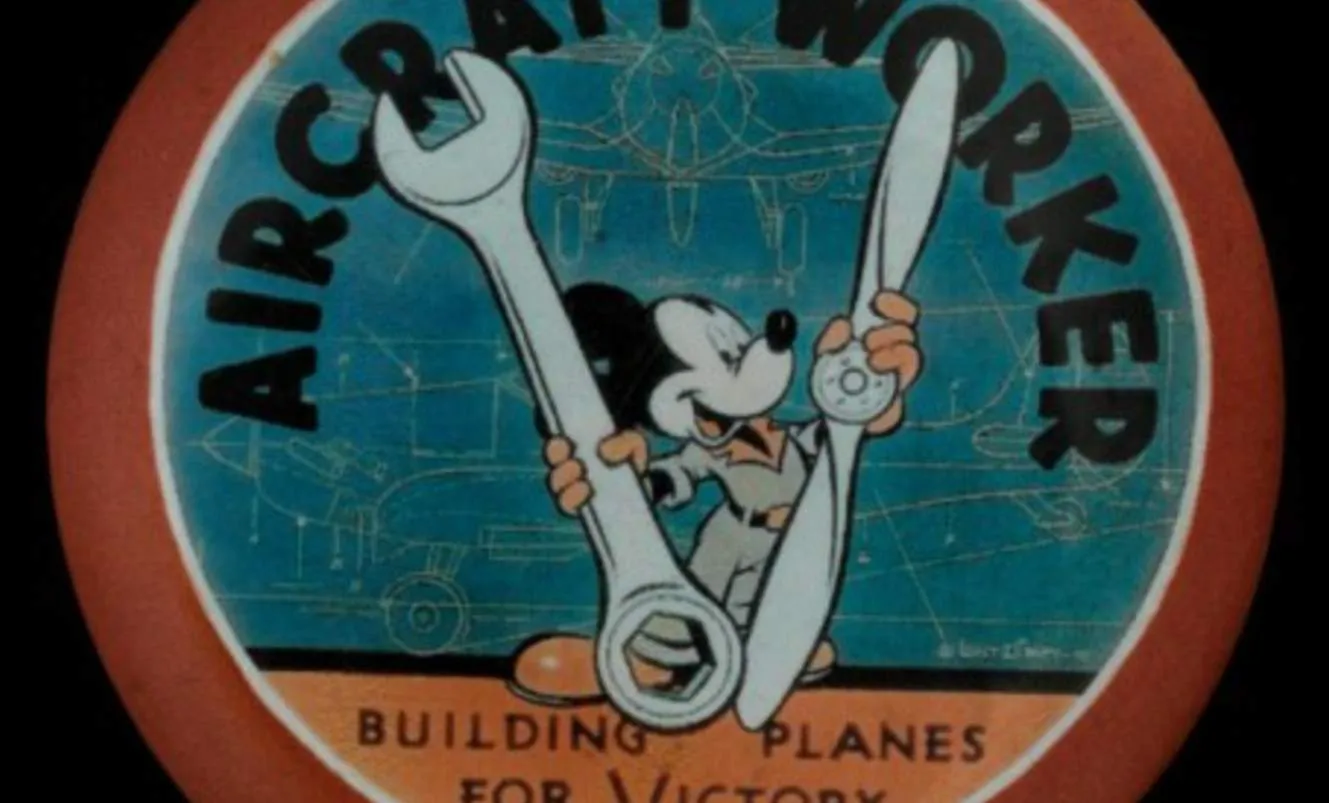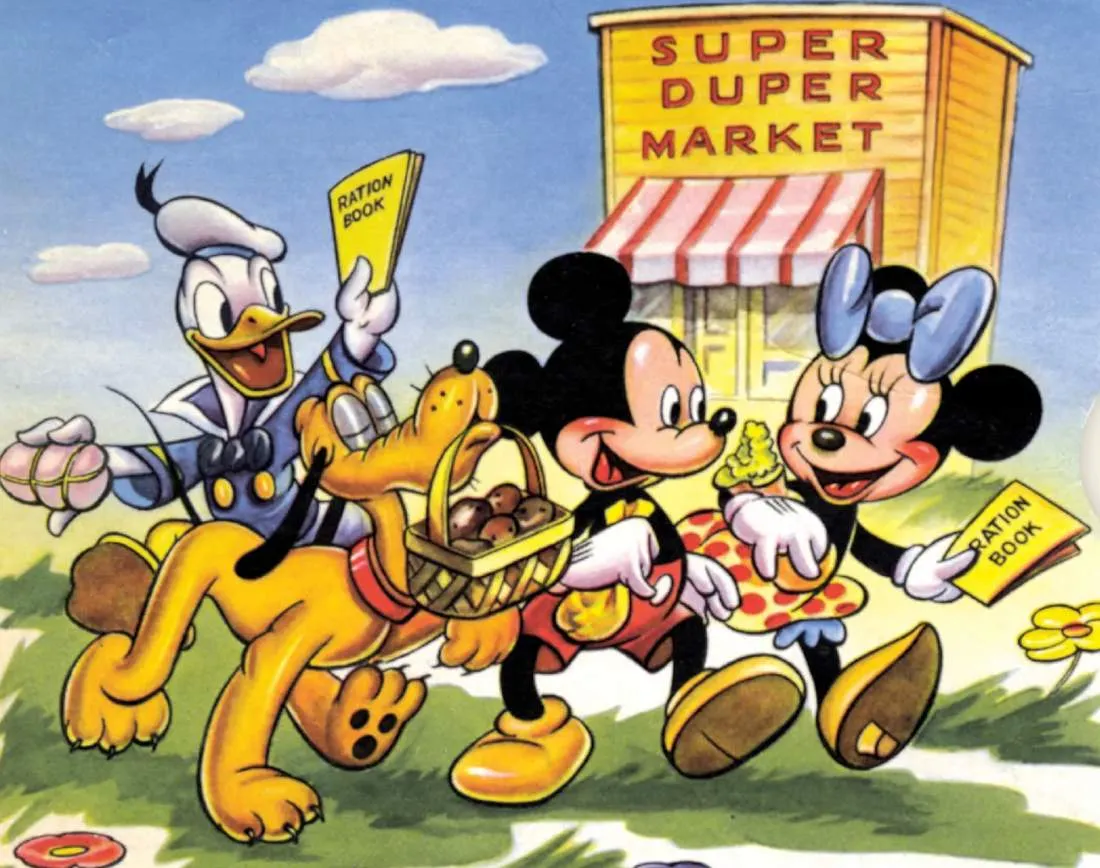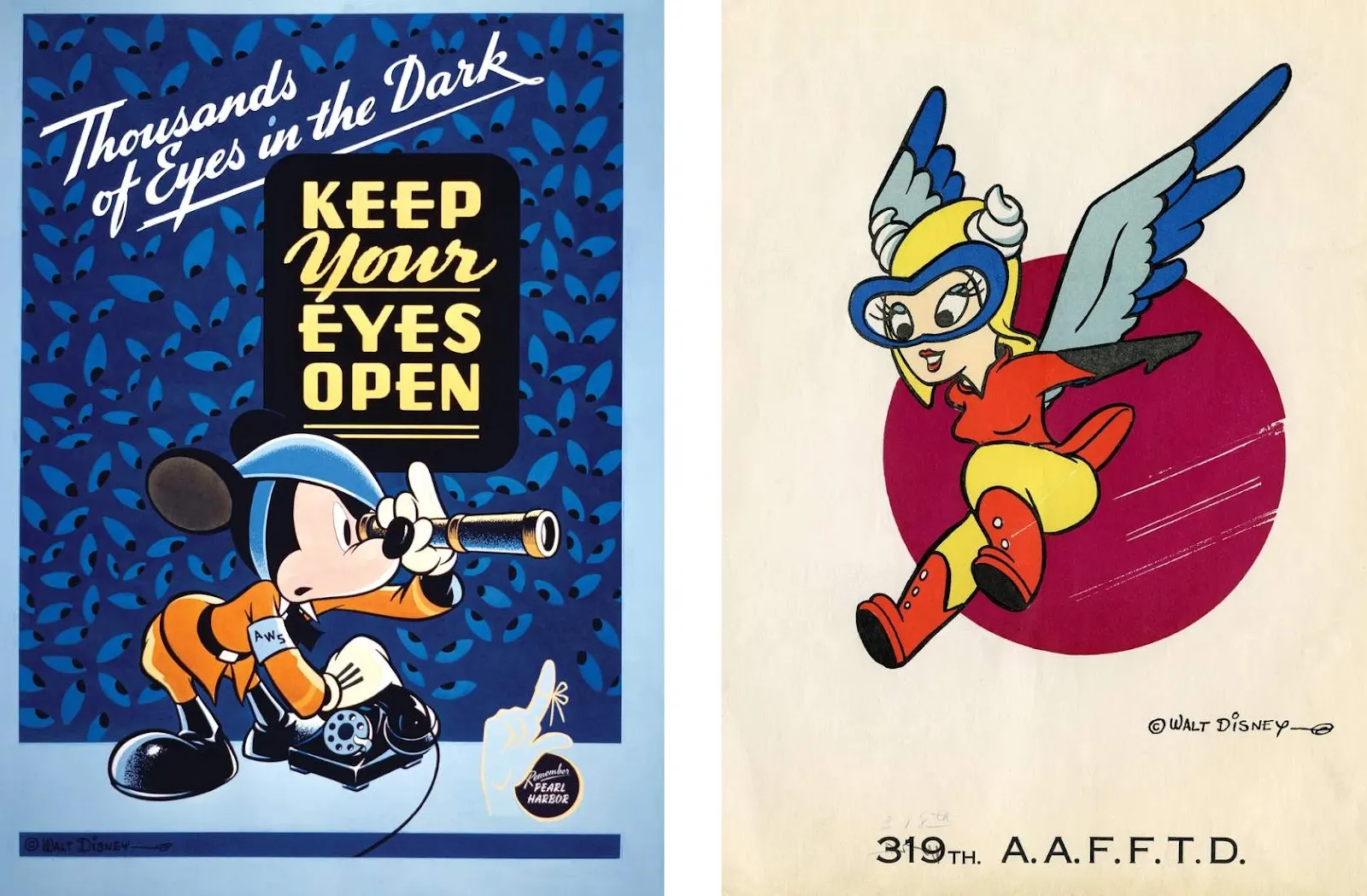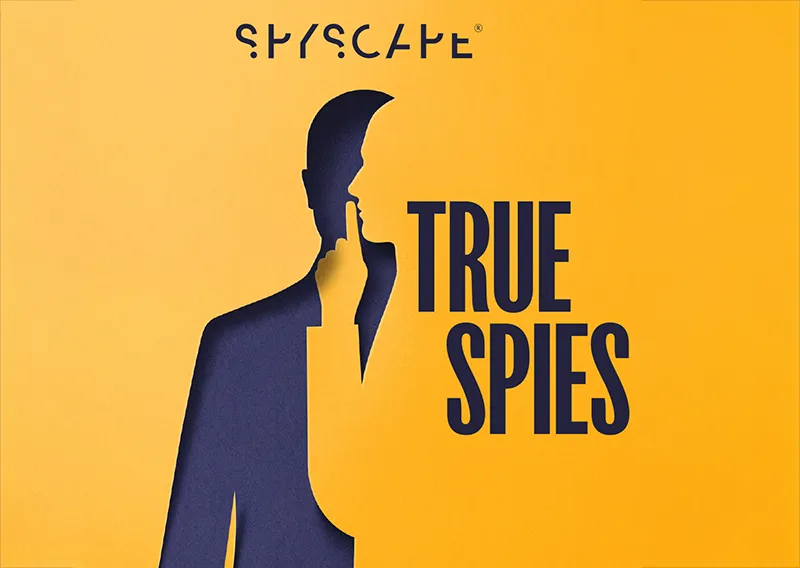Disney's Secret Wartime Past: From Mickey & Donald Duck to Propaganda
Even beloved cartoon characters found themselves cast in unexpected roles in the midst of WWIl. Donald Duck, at the pinnacle of his Disney stardom, donned khakis and enlisted in the US Army while Mickey helped sell war bonds and Minnie Mouse repurposed excess bacon grease to craft explosives.
The war provided a lifeline for Disney after a studio strike in 1941 and financial setbacks following Fantasia and Bambi. Half of the Disney lot in Burbank, California, transformed into a military base to accommodate 500-700 soldiers, reportedly acting as an anti-aircraft protection unit for a nearby Lockheed aircraft plant but likely also overseeing production of military-related films.
Disney had secured a $90,000 Navy contract to produce 20 training films, signaling a significant shift away from its usual entertainment-centric focus. Disney’s output soon surged with some films directed at soldiers, including the Why We Fight series, while others appealed to a broader audience including Victory Through Air Power.
Donald Duck: American Hero
Disney films also became cunning propaganda tools. The New Spirit (1942) sees Donald Duck explaining why Americans should pay their “taxes to beat the Axis” while Disney’s Oscar-winning political satire Der Fuehrer's Face (1943) imagines Donald as a German munitions factory worker dreaming about a better life in the US.
As with many propaganda films at the time, Der Fuehrer's Face reflected the wartime 'us versus them' mentality, featuring a marching band of German military commanders and a racialized caricature of Japanese Prime Minister Tōjō Hideki. In the anti-Japanese propaganda film Commando Duck (1944), Donald parachutes into the jungle of a Pacific island to wipe out a Japanese airfield.
The stereotypes may make uncomfortable viewing decades later, which Disney acknowledged in an exhibition of its wartime propaganda: “Negative stereotypes of people and cultures, as well as other offensive imagery, were used as part of the United States’ propaganda efforts during World War II. We acknowledge its harmful impact and hope to encourage mindful discussion about misrepresentation and negative stereotypes, and use these lessons from the past to create a more inclusive future.”
"The brand new social experience where you activate your gaming skills as you train like a spy."
- TimeOut
Take on thrilling, high-energy espionage challenges across different game zones.


Cartoon Propaganda
In 1943, the Treasury Department used Bambi, Thumper, and Pinocchio to help sell war bonds while Disney produced a three-minute educational short film, All Together, in which Mickey, Goofy, and Snow White encouraged Canadian audiences to buy bonds as well.

Disney also put its name on propaganda posters, military pins, and pro bono design work that created more than 1,300 military unit insignia for all branches of the US Armed Forces and Allied military units from Britain, Canada, China, France, New Zealand, South Africa, and Poland.
“Mickey Mouse was featured in 37 designs, but none associated with combat units,” according to the National Museum of the Air Force. “Mickey's nice-guy persona seemed better suited to represent home front and defense industry activities.”

Mickey: The People's Mouse
Mickey, always a people pleaser, did his bit for the war effort - everything from helping to explain supermarket ration books to featuring as ‘nose art’ for aircraft fuselages, and lending his name to gas masks for children.
In one of the more bizarre (and terrifying) events of WWII, the British government designed a gas mask for children that became known as a ‘Mickey Mouse gas mask’, although it didn’t actually resemble the personable rodent.
Apparently, the name was adopted by Air Raid Wardens who had the job of fitting them on small children. The Mickey Mouse reference was used to alleviate their fears.

Donald Duck, WWII Ambassador
Despite Mickey’s reassuring smile, it seems Donald Duck was the break-out star of Disney’s WWII propaganda mission. Donald, with a quick temper and fighting spirit, was the most popular character used in military insignia designs with 146 pins to his credit compared to Pluto's 45 designs, Jiminy Cricket’s 24, and Dumbo the Elephant's 20. The New York Times singled out The Donald as an ‘ambassador-at-large, a salesman of the American Way’ in a 1943 article.
That same year, newspapers reported that up to 90 percent of the Disney studio’s work was for government agencies. It wasn’t all profiteering, however. Walt Disney also did volunteer work, speaking publicly in support of the US military, and the company provided free-of-charge military insignias as a morale booster, a memento from home that soldiers could carry into battle.
SPYSCAPE+

Join now to get True Spies episodes early and ad-free every week, plus subscriber-only Debriefs and Q&As to bring you closer to your favorite spies and stories from the show. You’ll also get our exclusive series The Razumov Files and The Great James Bond Car Robbery!


Gadgets & Gifts
Explore a world of secrets together. Navigate through interactive exhibits and missions to discover your spy roles.
Your Spy Skills
We all have valuable spy skills - your mission is to discover yours. See if you have what it takes to be a secret agent, with our authentic spy skills evaluation* developed by a former Head of Training at British Intelligence. It's FREE so share & compare with friends now!
* Find more information about the scientific methods behind the evaluation here.


Stay Connected
Follow us for the latest
TIKTOK
INSTAGRAM
X
FACEBOOK
YOUTUBE